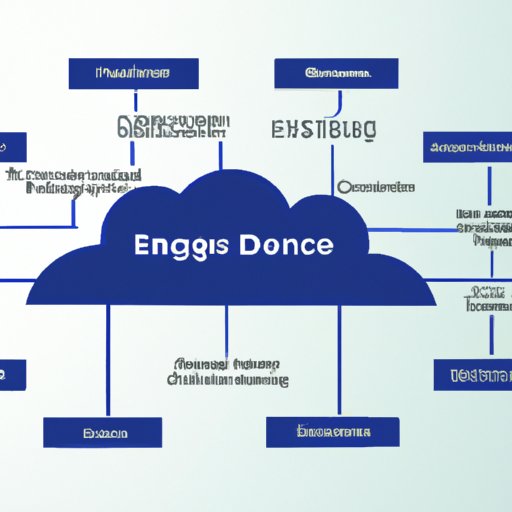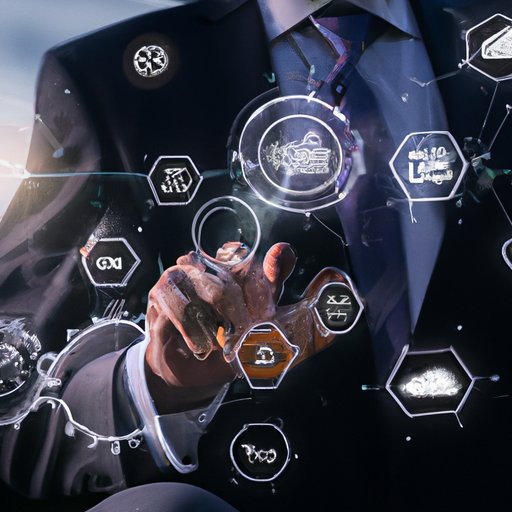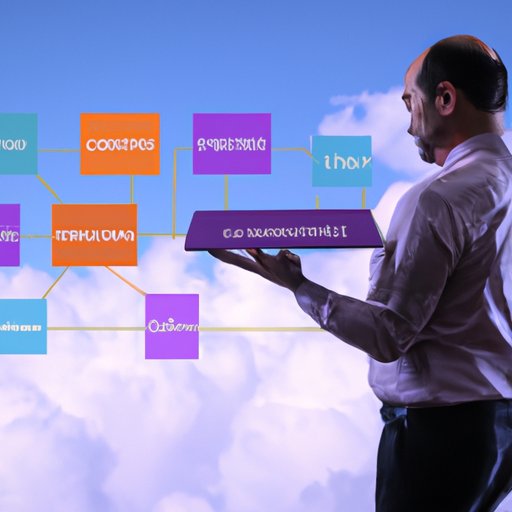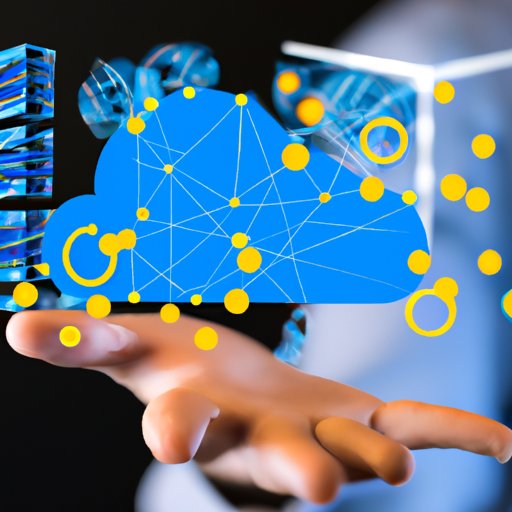Introduction:
Edge computing has become an increasingly important part of the digital transformation of technology, as businesses look to gain a competitive advantage in the ever-evolving tech landscape. But what does the edge mean in technology? This article will explore this question in detail, providing an overview of edge computing and its role in the digital transformation of technology, examining the different types of edge computing technologies and their benefits, analyzing the impact of edge computing on cloud storage and security, and comparing and contrasting edge computing with traditional data centers. By the end of this article, readers will have a better understanding of the concept of edge computing and its implications for businesses.
Exploring the Role of Edge Computing in the Digital Transformation of Technology
The term “edge computing” refers to a distributed computing model in which data processing, storage, and other computing tasks are performed at the edge of the network, rather than in a central location. This type of computing allows for faster data processing and analysis, as well as improved scalability, reliability, and security. As businesses look to take advantage of the latest technological advances, edge computing is becoming increasingly important in the digital transformation of technology.
Edge computing can be used to improve a variety of business processes, from customer service to product development. For example, edge computing can be used to enable real-time analytics, allowing businesses to quickly respond to customer needs and identify new opportunities. It can also be used to provide more reliable communication between devices, ensuring that data is always accessible and up to date. Additionally, edge computing can help reduce latency, enabling faster response times and reduced costs.
However, there are still some challenges that need to be addressed when it comes to edge computing. For example, there is the issue of privacy, as edge computing requires the sharing of data across multiple devices. Additionally, there is the potential for increased complexity, as businesses need to manage multiple devices and ensure that all data is secure. Finally, there is the cost associated with implementing edge computing, as businesses need to invest in hardware and software to get started.

A Deep Dive Into Edge Computing Technologies and Their Benefits
There are several different types of edge computing technologies, each with its own set of advantages and disadvantages. Some of the most common edge computing technologies include fog computing, mobile edge computing, and multi-access edge computing. Fog computing is a type of edge computing that allows for distributed computing across multiple devices, while mobile edge computing enables computing tasks to be performed on mobile devices. Multi-access edge computing is a type of edge computing that allows for computing tasks to be performed on multiple devices at once.
The main benefits of edge computing are speed, scalability, and efficiency. Edge computing reduces latency by allowing data to be processed and stored closer to the source. This makes it faster and more efficient, as data does not need to travel long distances before being processed. Additionally, edge computing allows for improved scalability, as businesses can easily add more devices or resources to their network without having to worry about additional infrastructure or software costs.
However, there are also some potential drawbacks of edge computing. For example, managing multiple devices and ensuring data security can be challenging. Additionally, edge computing requires a lot of energy, which can be costly. Finally, edge computing can be complex, as businesses need to understand the various technologies and how they interact with one another.

How Edge Computing is Changing the Face of Business Processes
Edge computing is having a major impact on business processes, enabling businesses to quickly adapt to changing customer needs and stay ahead of the competition. Edge computing can be used to enable real-time analytics, allowing businesses to respond quickly to customer requests and identify new opportunities. Additionally, edge computing can improve communication between devices, ensuring that data is always accessible and up to date. Finally, edge computing can reduce latency, enabling faster response times and reduced costs.
Edge computing also provides a number of benefits for businesses in terms of data security. By allowing data to be processed and stored closer to the source, businesses can reduce the risk of data breaches and ensure that sensitive information is kept secure. Additionally, edge computing can help businesses reduce their IT costs, as they no longer need to maintain separate infrastructure for each device.
Analyzing the Impact of Edge Computing on Cloud Storage and Security
Edge computing is also having a major impact on cloud storage and security. On the one hand, edge computing can provide a number of benefits for cloud storage, such as reducing latency and improving scalability. However, there are also potential drawbacks to using edge computing for cloud storage, such as the increased risk of data breaches and the added complexity of managing multiple devices.
When it comes to cloud security, edge computing can help businesses reduce the risk of data breaches by allowing data to be processed and stored closer to the source. Additionally, edge computing can help improve communication between devices, ensuring that data is always accessible and up to date. However, there are still some potential drawbacks to using edge computing for cloud security, such as the added complexity of managing multiple devices and the potential for increased energy consumption.
Comparing and Contrasting Edge Computing with Traditional Data Centers
Edge computing is often compared to traditional data centers, as both are used for data processing and storage. While there are some similarities between these two technologies, there are also some key differences. For example, edge computing is generally faster and more efficient than traditional data centers, as data does not need to travel long distances before being processed. Additionally, edge computing is more scalable, as businesses can easily add more devices or resources to their network without having to worry about additional infrastructure or software costs.
On the other hand, traditional data centers may be more cost effective, as businesses do not need to invest in additional hardware or software to get started. Additionally, traditional data centers may offer better security, as businesses can control who has access to their data and ensure that it is kept safe. Finally, traditional data centers may be easier to manage, as businesses only need to manage one centralized system.

Examining the Advantages and Disadvantages of Edge Computing for Enterprises
Edge computing offers a number of benefits for enterprises, including improved speed and scalability, reduced costs, and improved data security. By allowing data to be processed and stored closer to the source, businesses can reduce latency and improve communication between devices, ensuring that data is always accessible and up to date. Additionally, edge computing can help businesses reduce their IT costs, as they no longer need to maintain separate infrastructure for each device.
However, there are also some potential drawbacks of edge computing for enterprises. For example, managing multiple devices and ensuring data security can be challenging. Additionally, edge computing requires a lot of energy, which can be costly. Finally, edge computing can be complex, as businesses need to understand the various technologies and how they interact with one another.
Conclusion
In conclusion, edge computing is an important part of the digital transformation of technology, as businesses look to gain a competitive advantage in the ever-evolving tech landscape. Edge computing can be used to improve a variety of business processes, from customer service to product development, and can provide a number of benefits for cloud storage and security. Additionally, edge computing can be compared to traditional data centers, as both are used for data processing and storage. Finally, edge computing offers a number of benefits for enterprises, although there are still some potential drawbacks that need to be addressed.
Ultimately, edge computing is an important part of the modern tech landscape, and businesses should consider taking advantage of its many benefits. With the right approach, edge computing can help businesses stay ahead of the competition and gain a competitive edge.
(Note: Is this article not meeting your expectations? Do you have knowledge or insights to share? Unlock new opportunities and expand your reach by joining our authors team. Click Registration to join us and share your expertise with our readers.)
